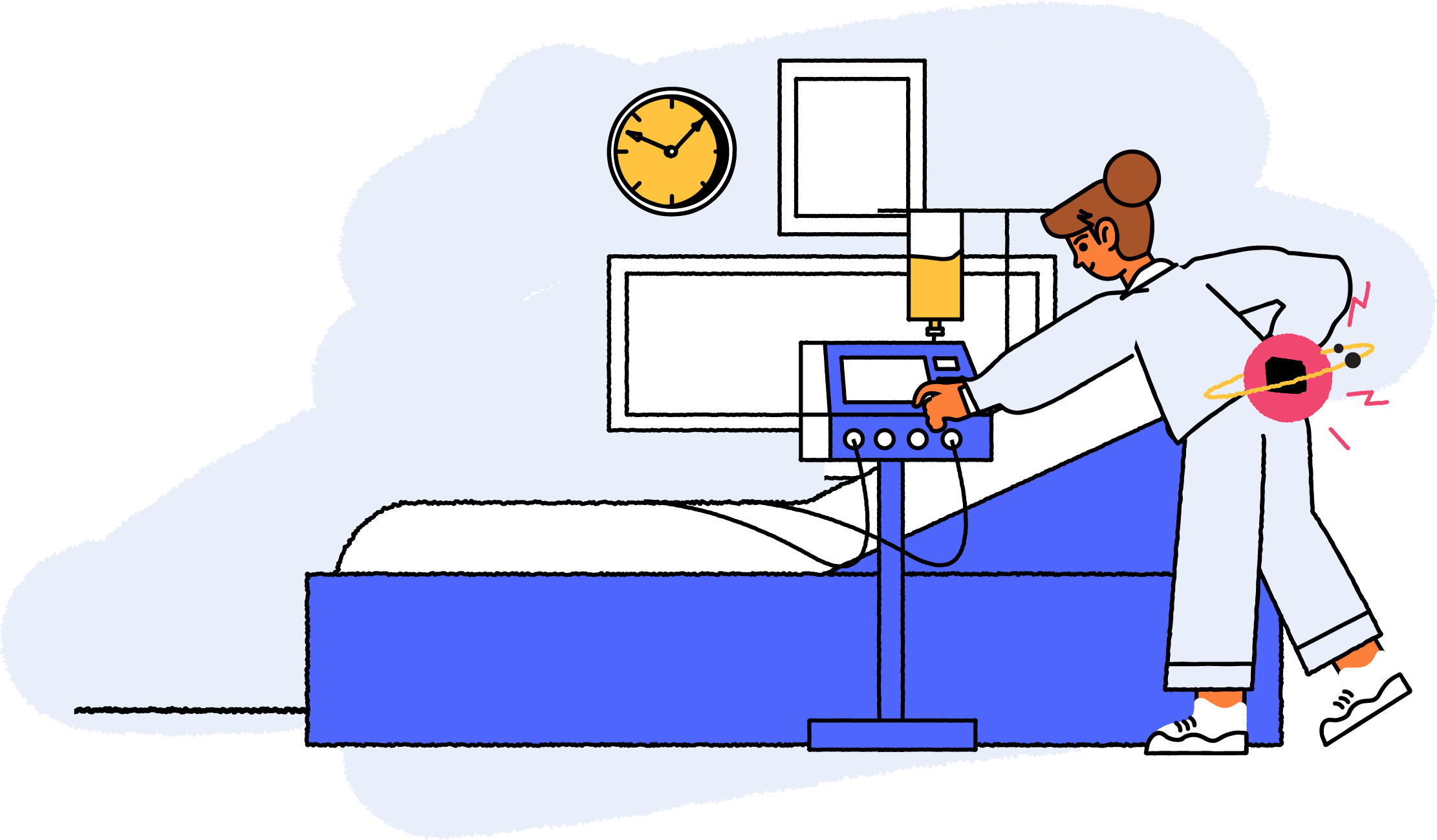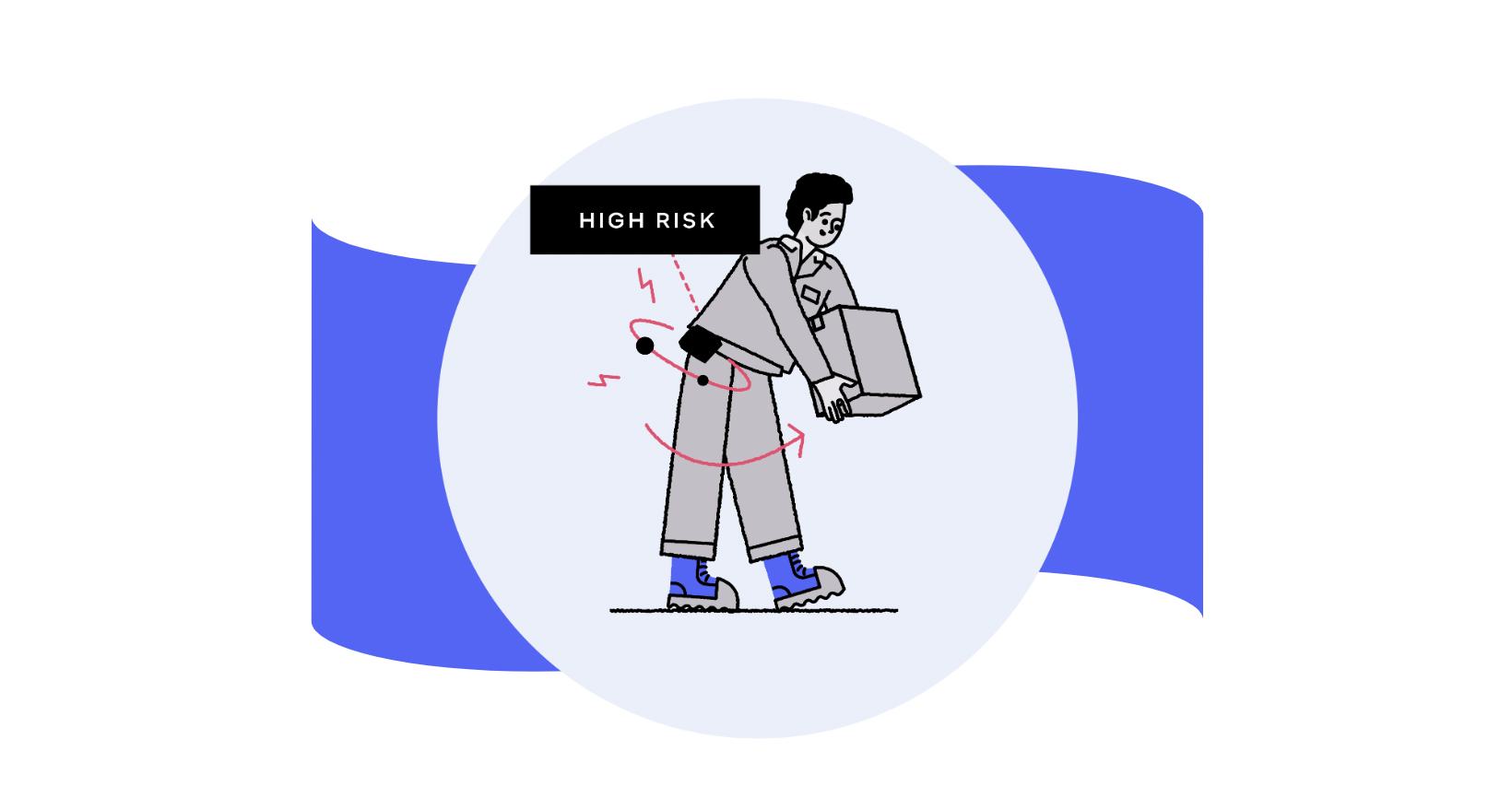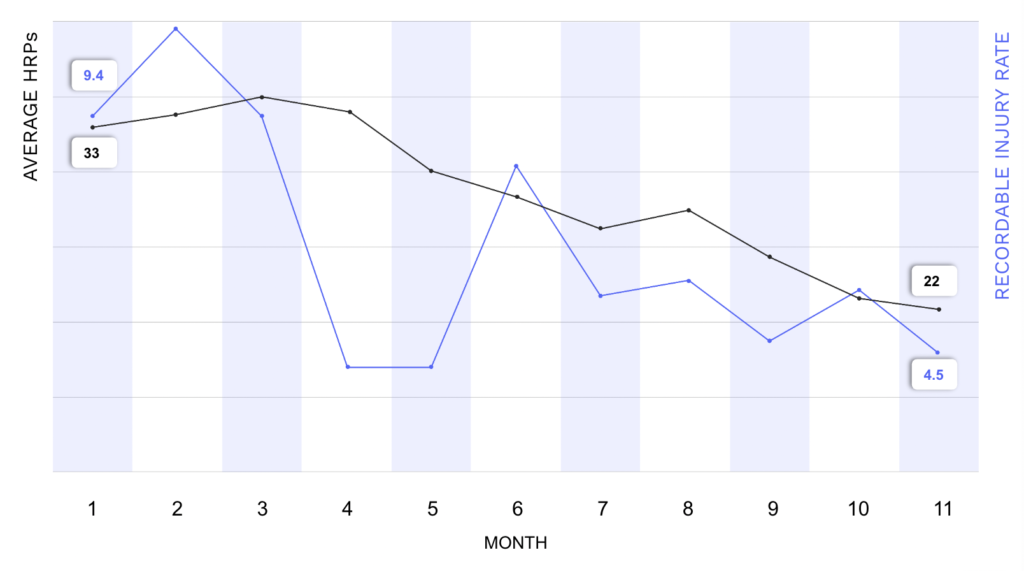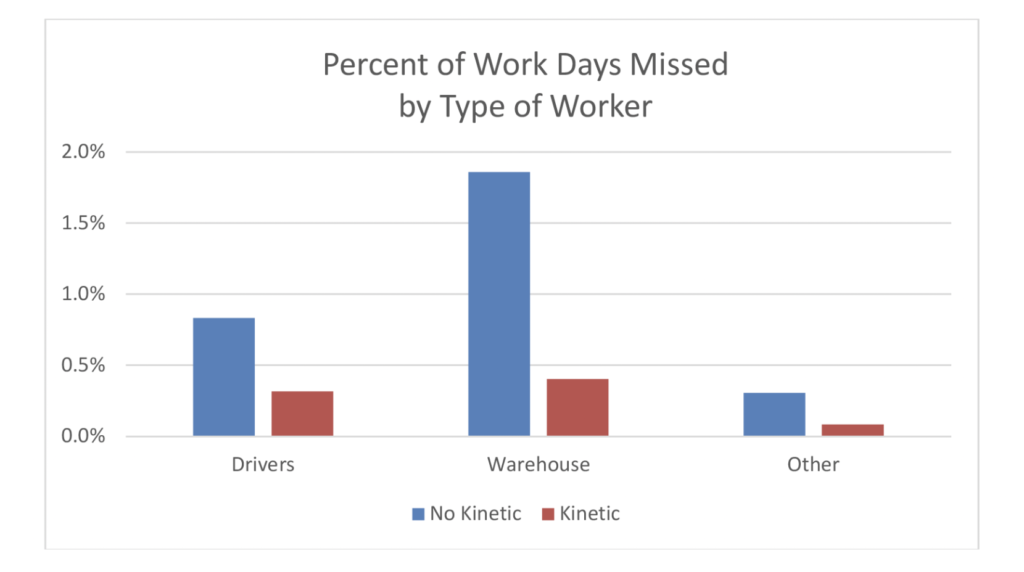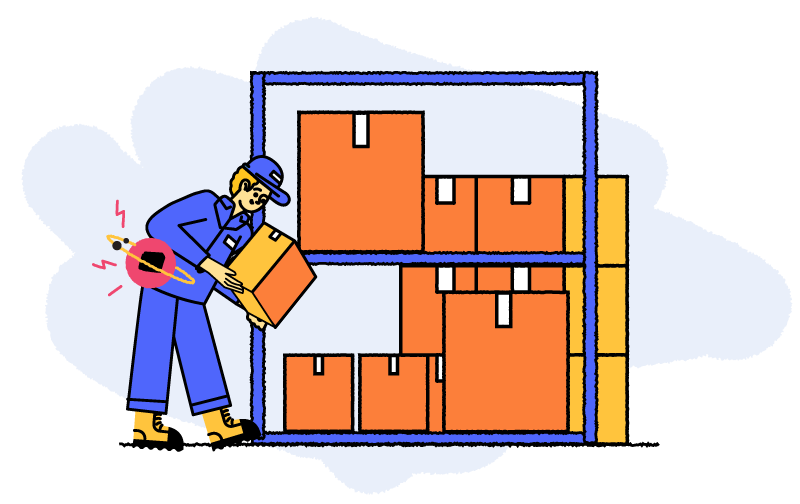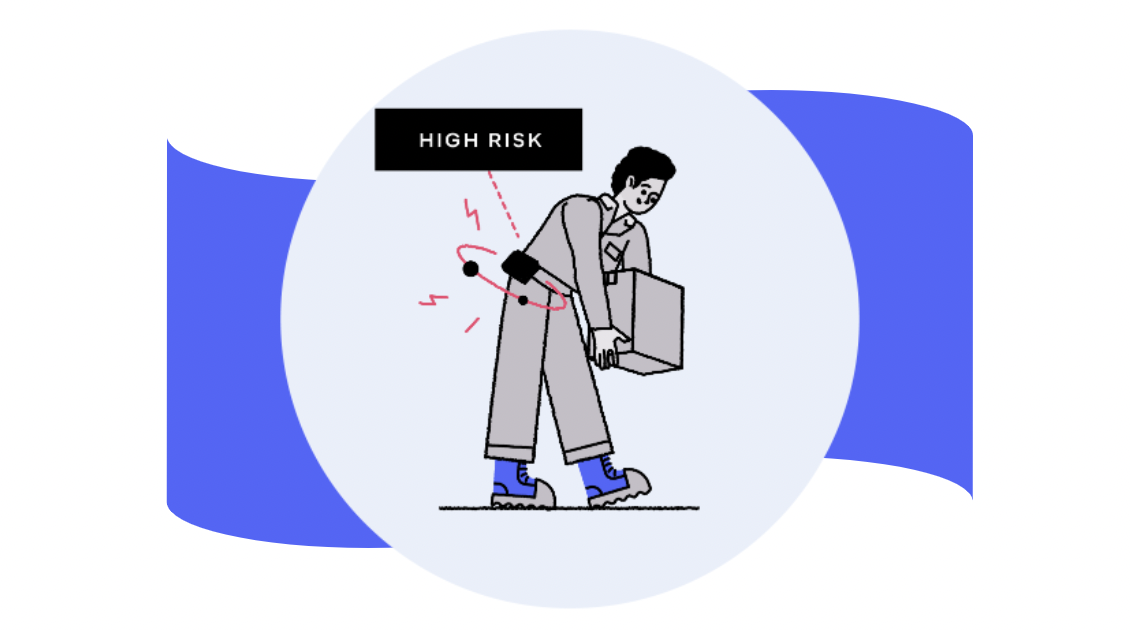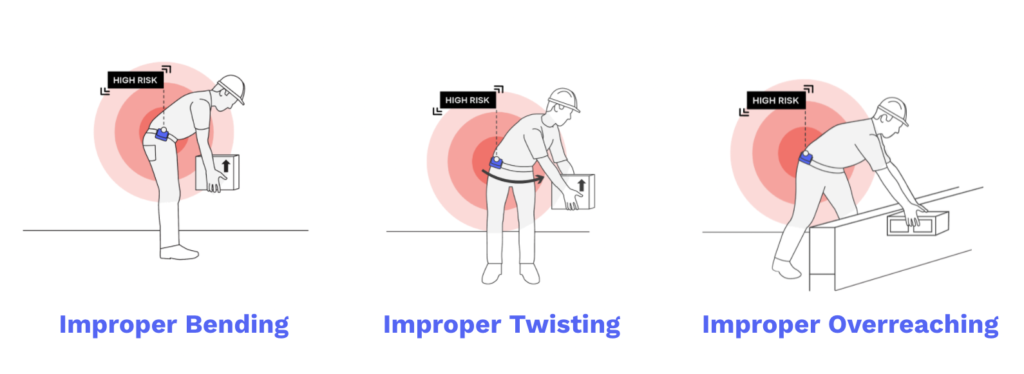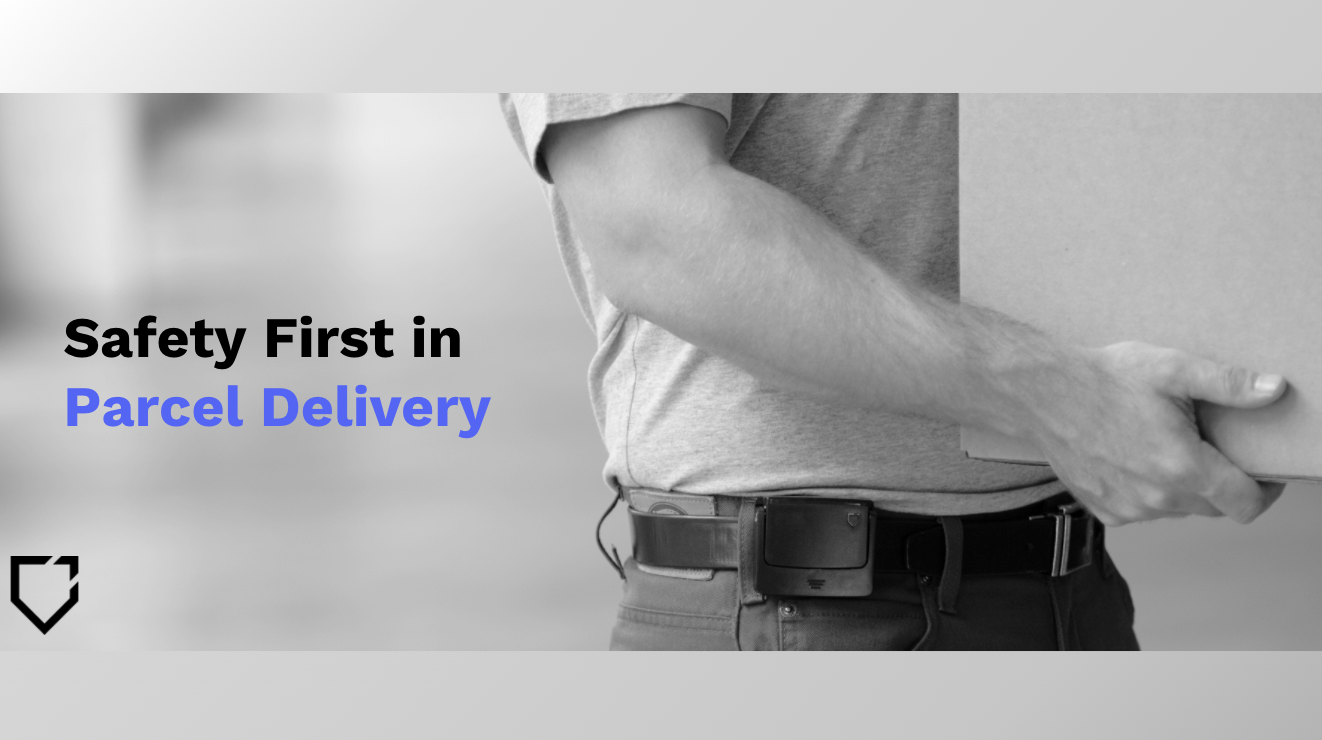Over the past several weeks, we’ve been looking at the role of wearables in workers’ comp.
In Part 1:The Dangers of High Risk Postures, we explored how wearable tech can reduce the risk of musculoskeletal injuries among a workforce, lower workers’ comp claims and even lead to workers’ comp premium savings.
And in Part 2: The Benefits of Behavior Change, we discussed how wearables drive long term behavior changes in a workforce by continuously preventing high-risk movements, which directly correlates with reduced injury rates over time.
Here, in Part 3, we’ll take a look at the data collected from wearables and how it can be leveraged to proactively prevent risk in the workplace, leading to reduced claims and costs.
When employers are introduced to wearables through their workers’ comp policies, they gain the benefits of tech-driven behavioral change, as well as the advantage of access to more data than ever before. This rich information offers valuable insights into how workers are performing tasks and how management can mitigate risk and control loss in the workplace.
Meaningful Data Uncovers Risk
Data collected from wearables serve as clues that can help employers to reduce workplace injuries. It’s the who, what, when and where of risk. When an employer deploys wearable tech to collect these clues, they essentially gain new eyes on the workplace floor. These eyes can observe both individual employees and entire job functions, gathering useful information on who is at risk, at what times, how often and at what locations.
For example, industrial employers might collect data on employees performing high-risk movements – such as bending, overreaching, twisting and jumping. With this actionable data in hand, management is able to:
- Uncover root causes of workplace injuries
- Identify preventative strategies to improve worker safety
Kinetic CEO Haytham Elhawary shares what data is collected and provided with the Kinetic Reflex wearable platform.
Excerpted from “Keep Workers Safe and Reduce Costs: Utilizing Wearable Devices Pays Dividends in Workers’ Comp Program” a webinar with SullivanCurtisMonroe Insurance Services
Watch the Full Webinar
Leveraging Actionable Insights
Once a company is collecting meaningful data with wearables, these clues can then be analyzed to uncover driving factors of workplace injuries. Analysis allows employers to identify the why, or the potential causes of high-risk movements, resulting in actionable insights that reduce the likelihood of future injuries.
Reports from a wearable safety program allow management to spot patterns and trends in their team’s data. For example, when measuring high-risk movements, insights gained may include:
- Noticing an increase in high-risk movements during a specific time frame
- Identifying a group of employees that performs the most risky movements each day
- Determining a certain job function in which excessive high-risk movements are performed
Overall, the goal of this data is to help managers with limited time to know exactly where they should focus their time on the most in order to address their biggest risk.
McMaster-Carr HR and Safety Manager Craig Perkins shares why wearable data is “gold.”
Excerpted from “Keep Workers Safe and Reduce Costs: Utilizing Wearable Devices Pays Dividends in Workers’ Comp Program” a webinar with SullivanCurtisMonroe Insurance Services
Watch the Full Webinar
Proactive, Targeted Safety Measures
After data has been collected and insights have been gained, employers can put plans into action to drive real results, bringing injury rates down by helping employees work smarter and safer.
“We want to move away from ‘Oh, an injury just happened’ to ‘Oh look, this person or these people have a lot of these high risk movements. Let me train them, let me figure out if there’s something in the workplace that’s doing this, so that the injury never happens in the first place.’ So this allows you to understand if you have a risk of an injury and allows you to act on it before the injury actually happens.”
– Haytham Elhaway, Kinetic CEO
Data-driven insights may lead to actions such as:
Coaching Opportunities
Management may determine an employee with a level of high-risk movements that is well above the average would benefit from coaching or a safety observation.
Workplace Changes
Employers may find some high-risk actions are unavoidable, but they can reduce their frequency by implementing a change in the setup of a workstation or introducing new equipment.
Preventative actions such as these transform risk management from a reactive to a proactive process.
McMaster-Carr HR and Safety Manager Craig Perkins talks about the value of targeted safety data.
Excerpted from “Keep Workers Safe and Reduce Costs: Utilizing Wearable Devices Pays Dividends in Workers’ Comp Program” a webinar with SullivanCurtisMonroe Insurance Services
Watch the Full Webinar
When provided with wearables to gather and analyze rich pools of data, insureds can optimize their workplace safety programs to minimize risk and address preventable threats. The results are substantial: reduced injuries, lowered losses and increased premium savings.
Coming next: Part 4 – Ensuring a Successful Tech Deployment. Learn what’s most important for the successful deployment of a wearable safety program.


